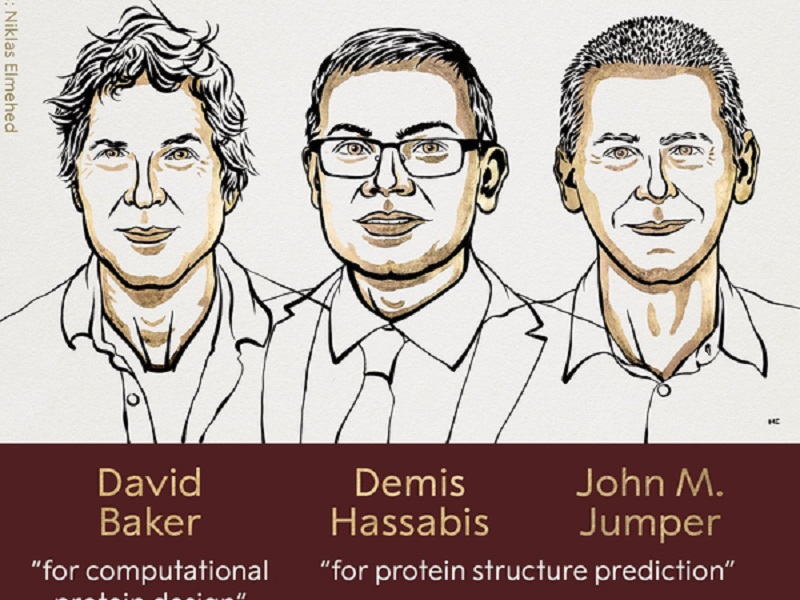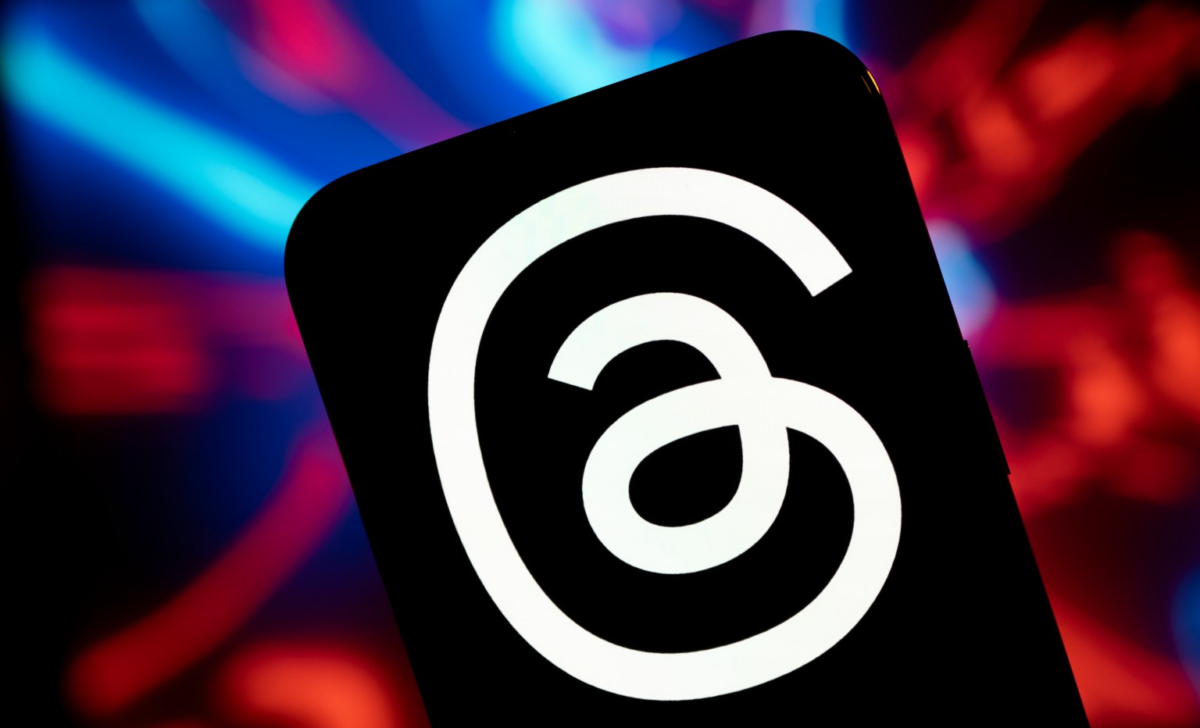Place your adverts here on InfoDig @ low rates; banner ads, sponsored links and guest articles etc. Contact us
Simplifying customer interactions can lead to happier, more loyal customers. There is more choice than ever before, meaning customers are not forced to endure a customer experience (CX) that is characterised by clutter or unnecessary friction.
We’ve all experienced difficult customer experiences. Just recently, I opted to use WhatsApp to engage with a business but was channelled back and forth between channels to ultimately accept that I was number 200-odd in the voice queue. Ironically, that was the most positive outcome.
How, then, do businesses get it right?
It starts by balancing digital transformation with CX. Businesses are under pressure to implement digital channels and technologies such as artificial intelligence. They’ve heard about the benefits and everyone is speaking about AI.
The challenge, then, is ensuring that when new digital channels and technology such as AI are introduced, they improve efficiencies and don’t add to the problem.
The truth is that enabling a digital channel without properly designed backend processes can harm CX. If the channel that a business is setting up is not suited to the engagement it is trying to conclude, and the backend process has not been automated effectively or correctly, forcing customers to engage in complex, manual processes with agents, then that CX is going to suffer, ultimately resulting in an unhappy customer.
It is abundantly clear that delivering the technology is only one part of the equation. There needs to be a holistic approach with the following components in place: The right technology, a comprehensive customer journey mapping exercise, and the facilitation of the required automation. In other words you want your partner to deliver the channel and process, map your customer journey and ensure that automation makes for a fluid, seamless customer journey.
A key component of getting it right is matching the right channels to interaction complexity. Simple transactions can be actioned using digital channels and a level of automation.
On the other hand, more complex transactions should rely on human input and the use of traditional channels, such as voice and email.
A good rule of thumb is: When an engagement is complex, go with the agent, when it is transactional, you can automate it.
Delivering a good CX is not about making an investment and then forgetting about it. There needs to be ongoing quality assurance checks, and modern tools that enable real-time quality assurance can radically improve a customer journey.
Automated quality assurance is able to sample 100% of interactions as they happen, which is obviously far more effective than traditional quality assurance which relies on humans to sample a small percentage of engagements.
This technology is giving rise to the new trend of real-time analysis, insights and intervention. This is where a business has the ability to transcribe a call in real time, to analyse it and pick up on the sentiment of the engagement – whether it is by voice or text. If an interaction is not progressing the way it is expected to, an alert will enable a human to intervene in order to remedy the issue and save that customer at that exact point of frustration. But to get to this point, the basics need to be in place.
Simplifying customer engagements requires successful channel management, which goes beyond just implementing technology.
It is important that a partner can deliver a full suite of technology, but it’s crucial that they are also adept at mapping customer journeys efficiently while knowing how to design backend processes and automate effectively. The best partners can manage contact centres as a service to ensure the sustained health of a customer engagement ecosystem. Modern customers don’t stick around indefinitely – they demand a superior CX.

 3 hours ago
35
3 hours ago
35
















 English (US) ·
English (US) ·